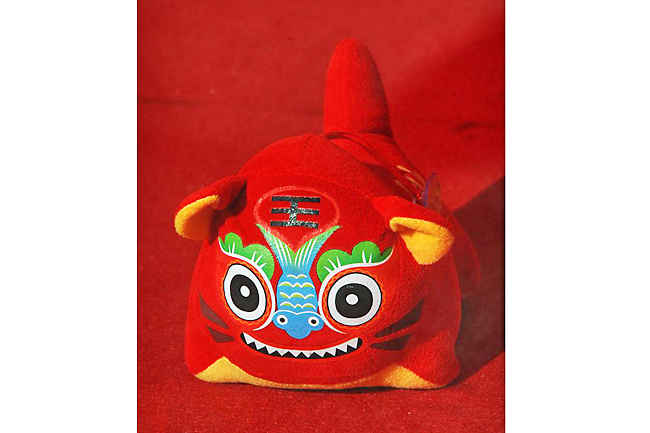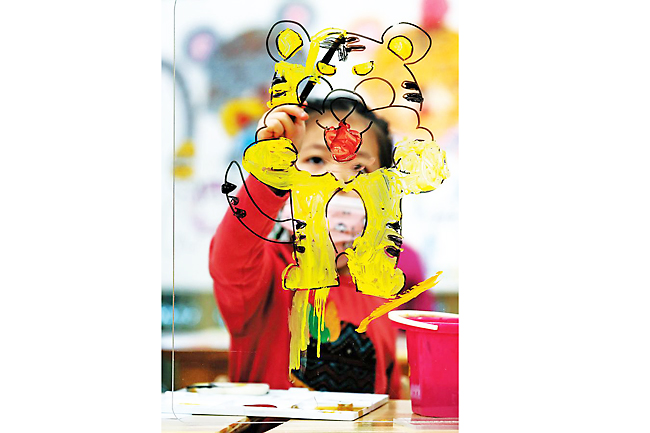CHINA DAILY – Under the Chinese zodiac, 2022 marks the Year of the Tiger. The animal is hailed in Chinese culture as the “king of all beasts”.
Most children, when asked to draw a tiger, would write on its forehead the Chinese character wang, as the markings on tigers’ foreheads resemble the character for “king”.
Since ancient times, tigers have symbolised power, solemnity and bravery, with objects bearing tiger-related imagery created to expel evil spirits and invoke blessings.
To celebrate this year’s Lunar New Year, it is therefore necessary to prepare in advance a few traditional tiger stuffed toys – the classic type is usually made of cloth and comes in festive colours such as red and yellow – to adorn one’s home or to give to children as a mascot for blessings.
The traditions of Spring Festival are closely followed. The eve of Lunar New Year is a time to say goodbye to the past and ring in the new year, with the reunion dinner an indispensable feature of the night.
Although food prepared for the feast may vary throughout the country, jiaozi (dumplings) are a must-have for most families in northern China. “Auspicious” dishes like fish and chicken, the words for which sound like “surplus” and “good luck” in Chinese, are usually the centrepieces on dining tables.


Before the meal, families pay tribute to their ancestors and pray for their blessings. According to the custom shousui, people stay up all night to ward off evil and disease and welcome a new year of good fortune.
Traditional firecrackers were set off to mark the start of the year, in the early morning or just after midnight in many places. According to legend, nian, the “beast of the year”, will attack on that day but it is scared of the colour red and the sound of explosions – hence the need for the dazzling displays.
People don new outfits at the start of the year and formally greet family elders with wishes for their good health and fortune. Children receive red envelopes containing pocket money from their parents, grandparents and other older relatives.
The day is a time of leisure and exuberance, when people have fun with their families without the obligations of household chores.
Activities and events for the next few days may vary from region to region, but people usually pay visits to their relatives, including senior members of the extended family.
It is a treasured period to reunite with loved ones and spend quality time together.
The festivities can go on for days, in line with traditional belief and custom. For example, the fourth day of the new year is a time to welcome the Kitchen Deity home, who is believed to head for heaven before the festival to report to the Jade Emperor about the family’s conduct during the past year.
The fifth day marks the birthday of the Deity of Fortune, calling for even more offerings and banquets as a welcoming gesture to the gods and a treat for secular beings.
The 15th day of the first lunar month is Lantern Festival, the first full moon of the new year. Rice balls are the traditional dish of the day. The treats are cooked in various styles – with or without filling, sweet or savoury – in different parts of China.
The evening often involves a grand fair with lantern displays, a tradition that can be traced to the Western Han Dynasty (206 BC-AD 24). At the celebration, lanterns with diverse shapes, colours and themes light up the streets, and children show off their lanterns on strolls, adding to the bright lights that mark a luminous end to new year revelry.





